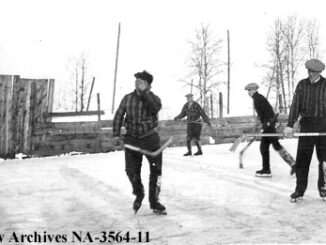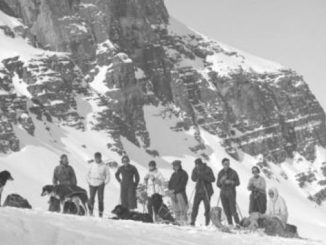If there was one word to describe the community of Coleman, it might just be ‘perseverance’. The town has persisted through worker strikes and natural disasters, only to emerge as the largest of the five municipalities within the Crowsnest Pass area. Coleman was first established in 1903 to support a new coal mine that was being operated by the International Coal and Coke Company. The town saw rapid growth, quickly becoming the largest in the region by overtaking Blairmore, its neighbour to the east. The town was originally known as Paulson’s Camp or McGillivray Hill before the post office settled on ‘Coleman’, which was the middle name of Norma Flumerfelt, the youngest daughter of the mine’s owner and president A.C. Flumerfelt.
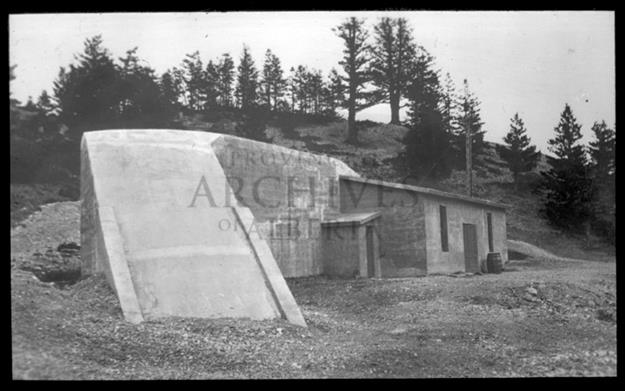
Coleman endured worker strikes in 1911 and again in 1932, floods in 1923 and 1942, and fires in 1948, but it was the decline in coal that likely caused the biggest economic hardship for the region. As the mines gradually closed, Coleman along with Bellevue, Blairmore, Frank, and Improvement District (ID) No. 5 amalgamated into the Community of the Crowsnest Pass in 1979.
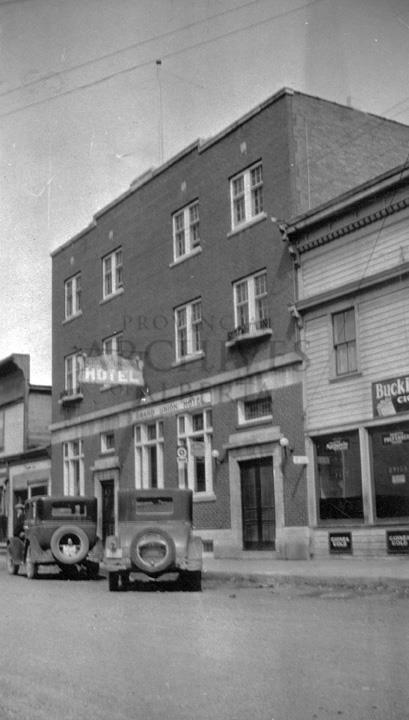
Today Coleman and the greater Crowsnest Pass area is a burgeoning tourist hub with excellent outdoor recreational opportunities and a wealth of history for those keen on learning about the past. Coleman was also designated a National Historic Site of Canada in 2021.
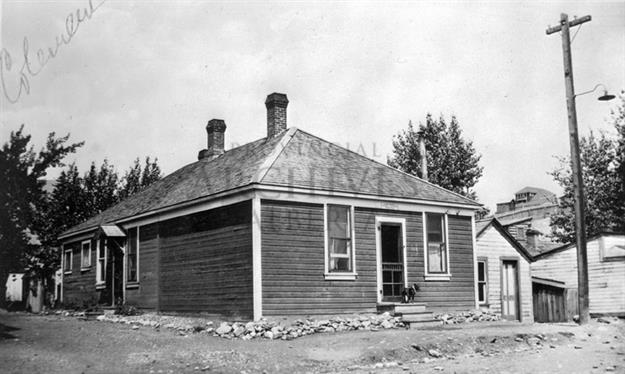
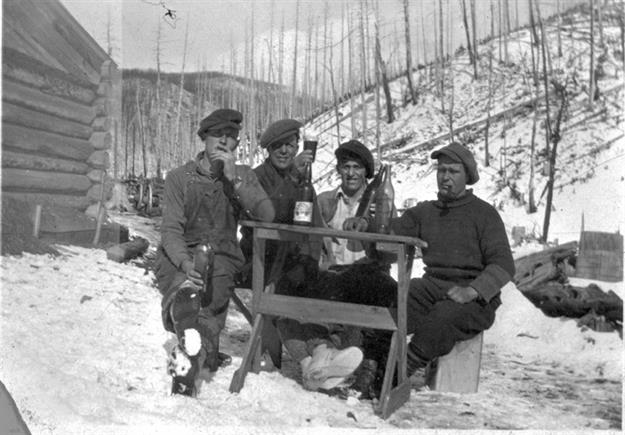
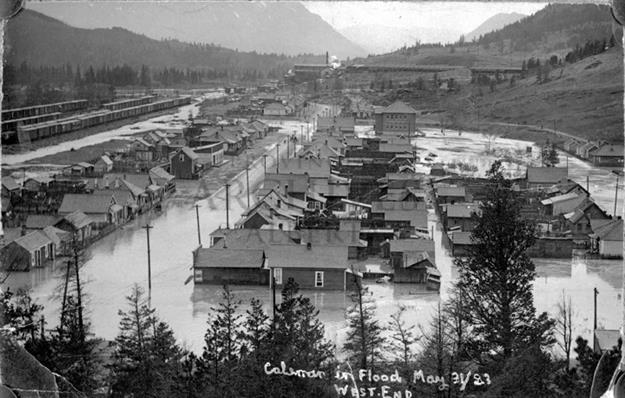
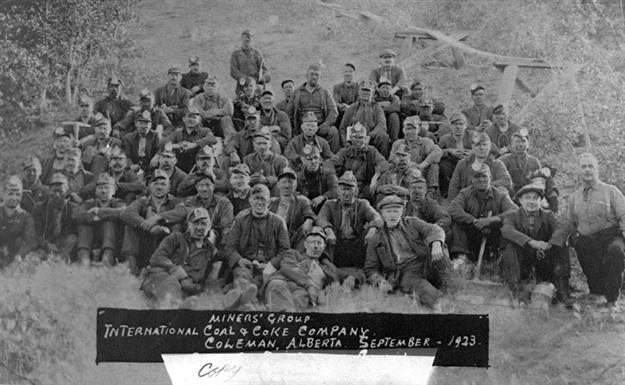
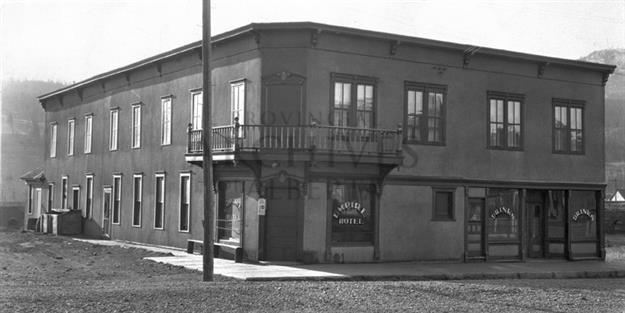
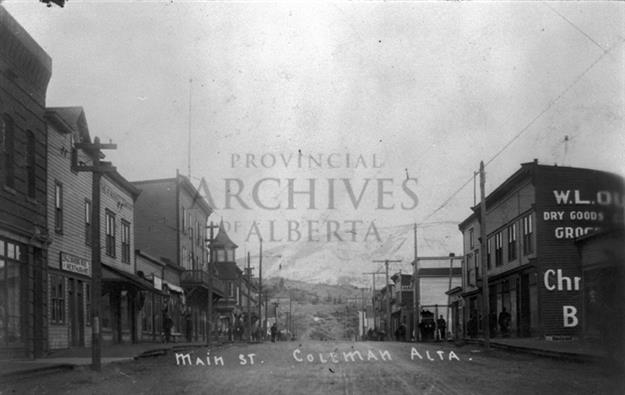
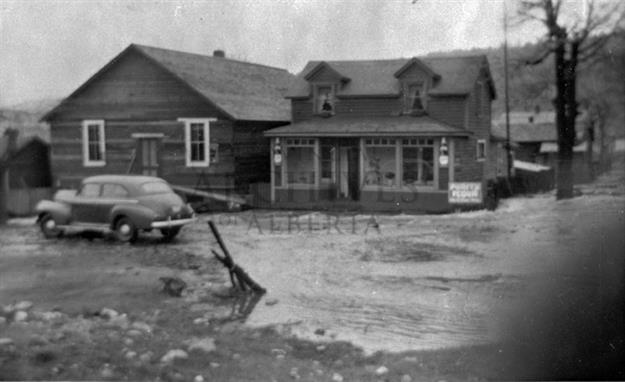
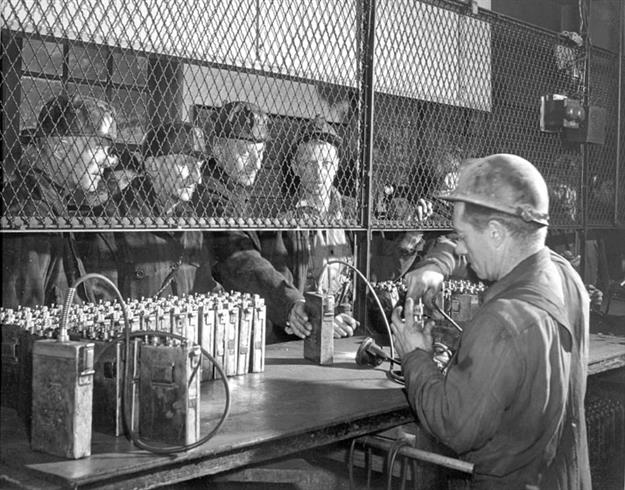

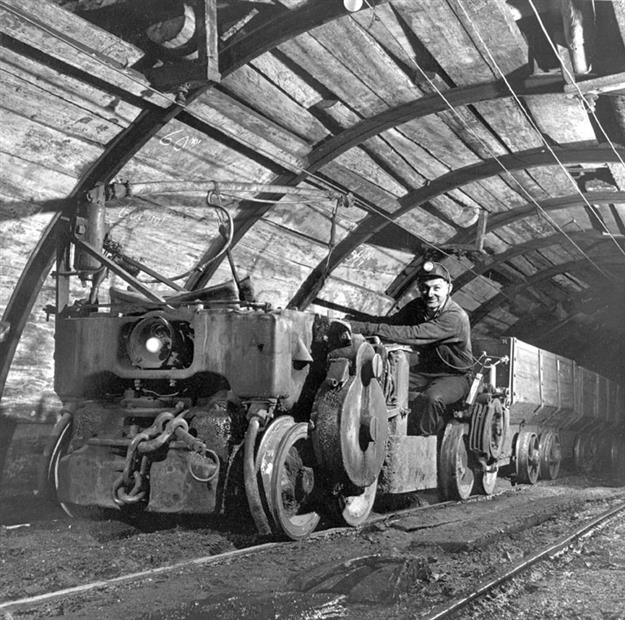
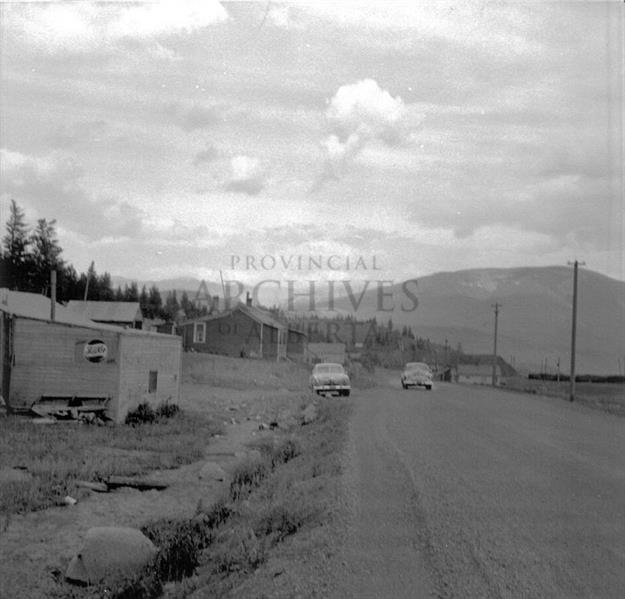
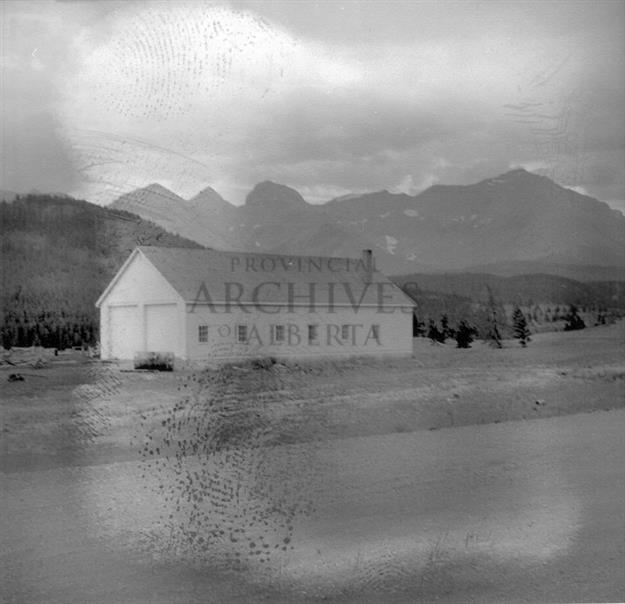


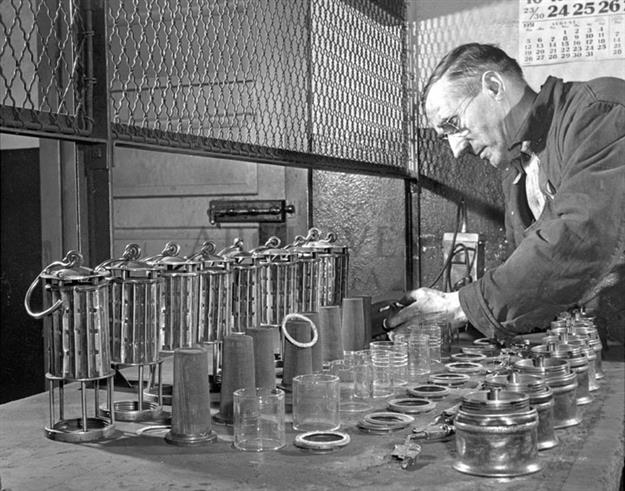

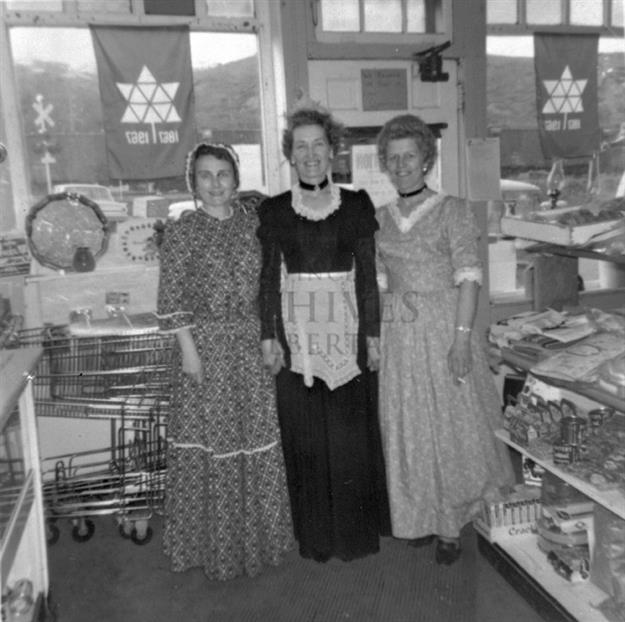
For similar posts, please visit my previous stories including Historical Photos from Frank Slide in Crowsnest Pass and Historic Photos from Fernie, British Columbia.
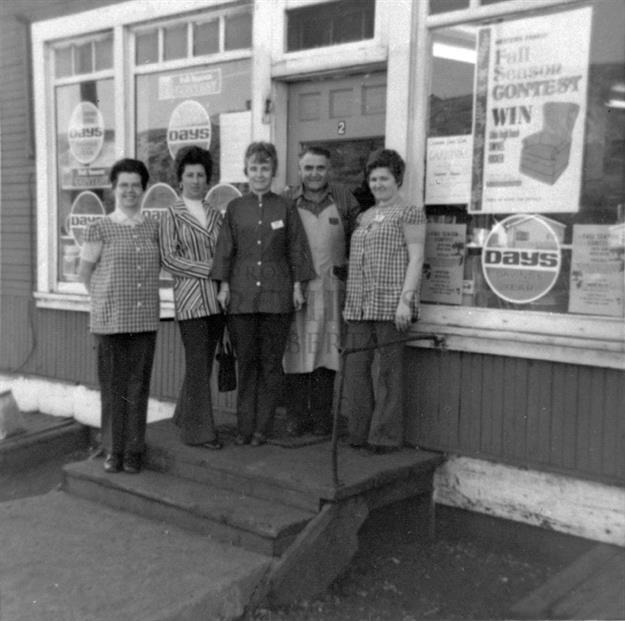
The photos above were collected from Archives Canada and the Provincial Archives of Alberta. If you’re interested, additional information can be found for each photograph on their websites. Stay tuned for additional posts featuring historical photos from across Alberta and Western Canada. We’d love to know what you think in the comment section below.


